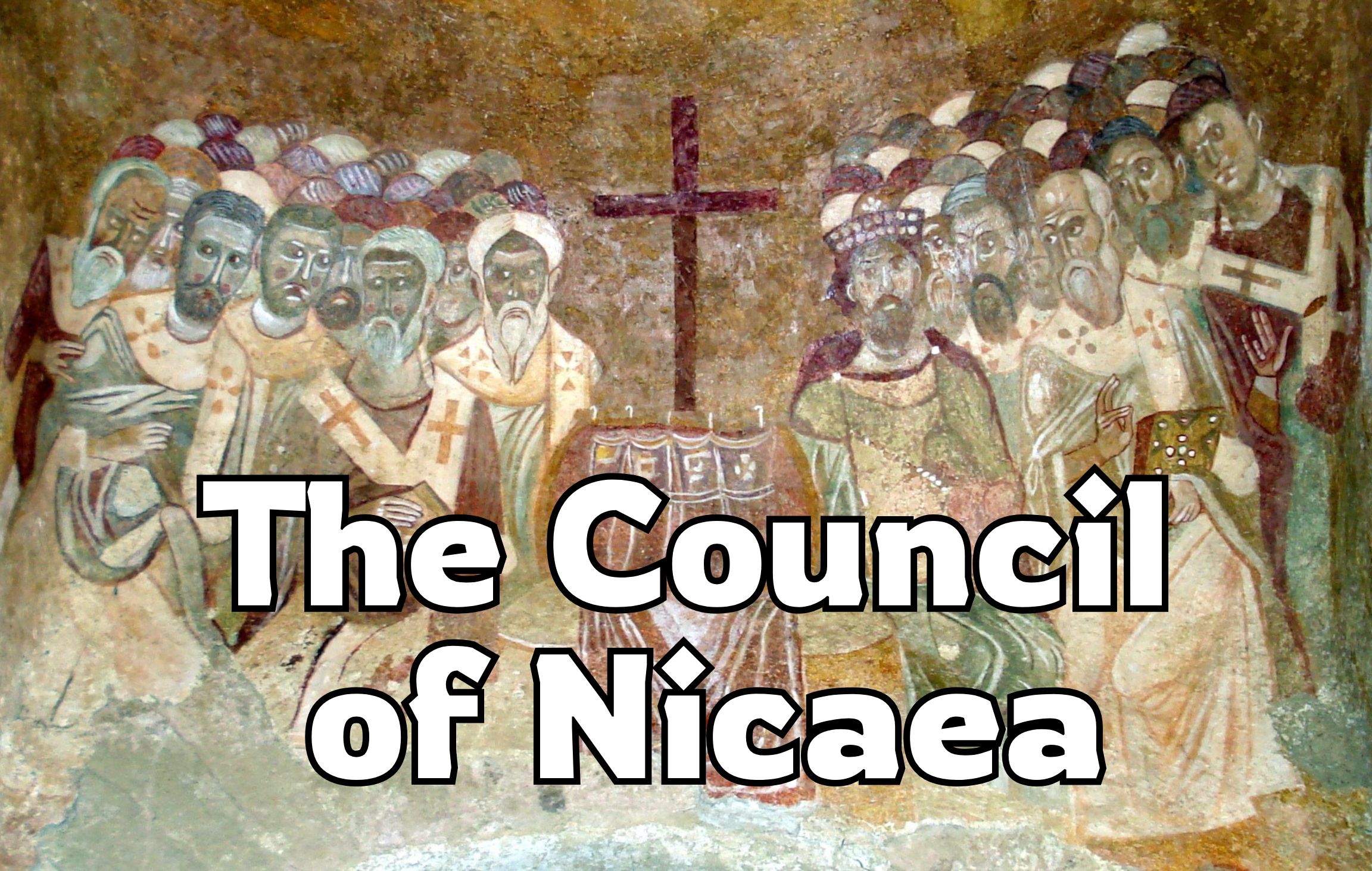
"The decisions made at the fourth-century Council of Nicaea defined Christian belief and created the institutional framework that would dominate Europe throughout the Middle Ages."
"Emperor Constantine the Great called together leaders of the Christian faith for a large meeting known as the Council of Nicaea, which took place in the ancient city of Nicaea."
"One pivotal moment at the Council of Nicaea was the formulation of the Nicene Creed, a statement of faith uniting Christians under a common understanding."
"The Nicene Creed clearly declared Jesus Christ's divinity, asserting that he is 'of one substance with the Father', challenging the teachings of Arius."
The Council of Nicaea in 325 CE was a crucial gathering of Christian leaders convened by Emperor Constantine the Great to resolve theological disputes and unify beliefs. This assembly led to the creation of the Nicene Creed, a statement affirming the divinity of Jesus Christ and defining key Christian doctrines. The Creed articulated that Jesus is 'of one substance with the Father', directly countering Arianism which viewed Jesus as a created being. The decisions at Nicaea shaped the future of the Church, influencing its structure and role in society for centuries to come.
Read at Medievalists.net
Unable to calculate read time
Collection
[
|
...
]